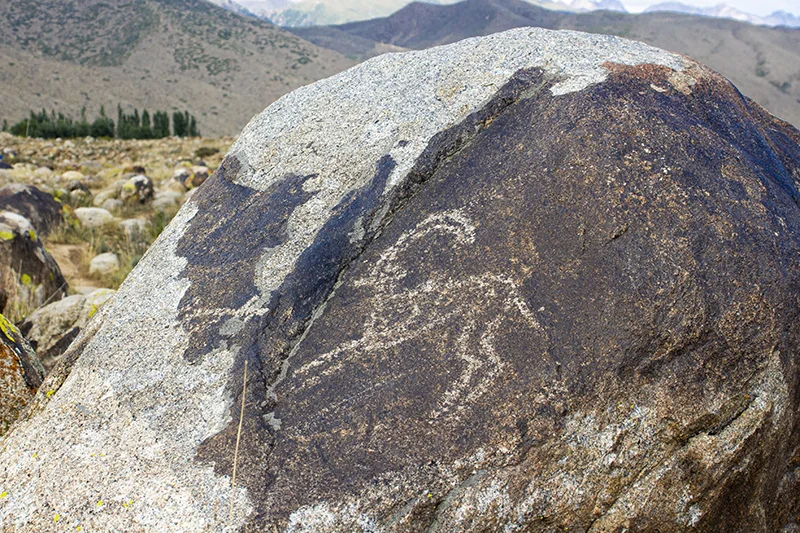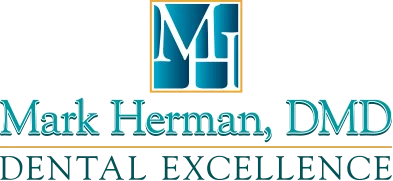
While they no longer help form words, ancient people’s teeth can still tell us a lot about our shared history. Through preserved teeth, anthropologists & other scientists have been able to tell how we lived, who we were & what we ate. Teeth that survive the test of time illuminate a world long past.
The Toughest Part of Us
It’s important to keep your teeth healthy with regular brushing & cleanings in order to save yourself from pain & cavities. The enamel that protects your teeth doesn’t grow back like other parts of your body such as skin. However, it’s the toughest material we (or any other vertebrates) produce & that mineral hardness is just the thing needed to glimpse our history.
A Taste of the Past
Teeth provide insight into ancient people’s lives & diets. Based on the level of wear & tear in teeth & where deterioration was hardest, scientists can determine things like the health & nutrition of our ancestors. We can also look at when they were healthy or unhealthy depending on when & how enamel & other tooth compounds formed. Comparisons between people from around the same place & time can tell us more about access to food & advancements in medical care. Combined with other details from these remains, we can start to paint a picture of what it would have been like to live in an ancient city.
You may wonder how teeth can lend clues into what specific foods people ate. While it’s a bit more complicated to practice, the idea is that we literally are what we eat, & isotope analysis of well-preserved teeth enamel can extract that information even if it’s millions of years old.
More to Chew On
Teeth aren’t all about diet, though. Ancient people’s habits sometimes directly affected their teeth & using that we can infer more about other physical traits we share. For instance, teeth tell the story of our right handedness. According to PBS Eons, tiny scratch marks on our teeth have shown how most people even thousands of years ago predominately used their right hand. Ancient people would hold an animal’s hide tight between one arm and their mouth to keep open hand free to use a stone tool to prepare it. The scratches on ancient humans’ teeth were made when scraping the tool across the skin came too close to the teeth. The consistent angles of those scratches led scientists to conclude the tool was always held with the same hand.
While teeth are incredibly important for science, they’re even more important for your health. Be sure to visit your dentist regularly for a healthy smile that helps your whole body!
Sources: National Library of Medicine https://www.ncbi.nlm.nih.gov/pmc/articles/PMC2734981/
Arizona State University https://news.asu.edu/content/ancient-human-ancestors-teeth-reveal-diverse-diet
PBS Eons https://www.youtube.com/watch?v=vb11oOHYNXM&t=270s
